10 Must-Know Tips for Composing Landscapes
If you’re looking to take your landscape photography to new levels, you’re in luck. You don’t need to run out and purchase expensive new gear in order to create amazing landscapes; one of the best ways to create visually stunning landscapes, is by mastering the art of composition.
Composition is arguably one of the most important features in photography. It’s the heart and soul of landscape photography, and is what ties everything together for maximum impact. Learning how to effectively use compositional techniques is one of the best ways to create masterful landscape imagery.
If you are looking to take your landscape photography to new levels, check out these ten compositional tips for composing amazing landscape images…
The Right Light
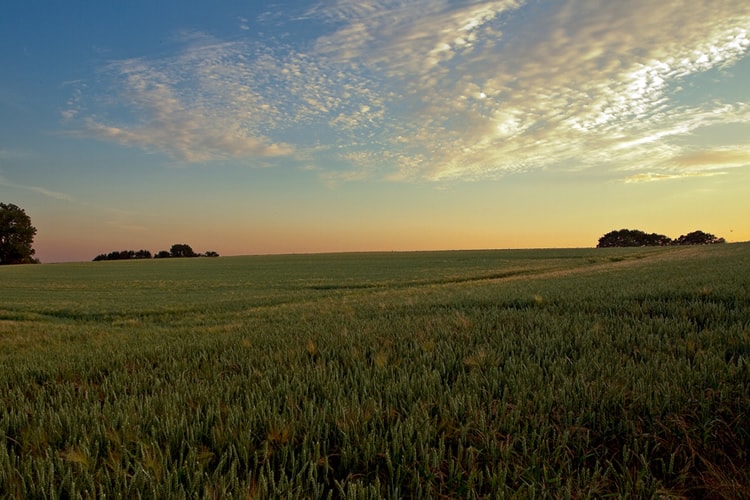
photo by Frank Schmidt
Excellent lighting is a little-known secret behind some of the most amazing landscape photos today. The right lighting can do wonders for your landscape photography, and many professional photographers hint at the importance of lighting in their compositions.
The dramatic light after a storm or the soft, beautiful glow during Golden Hour can make all the difference, and often is what separates a lackluster photograph from a truly outstanding image.
Equally important to finding the right lighting is learning to work with available light. Paying attention to the direction, and quality of light can help you to learn which settings to use, which angles to photograph at, and which tools you need in order to cast your compositions in a better light. The right lighting can make all the difference. Try it, and see the difference in your landscapes.
Create Balance
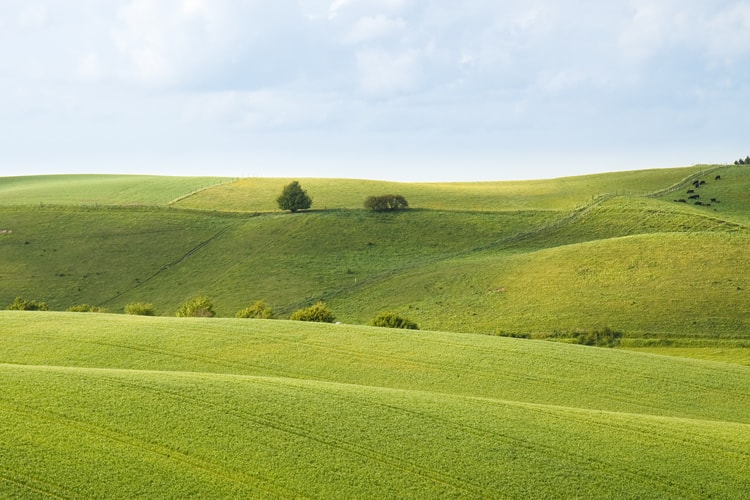
photo by Stig Nygaard
The importance of a well-balanced composition is an often-overlooked, but important part of a good composition. All of the elements in a composition should work together to create an image that is visually balanced. Balance your compositions by making sure one side of the image doesn’t contain overpowering elements that cause the side of the photo to be “too heavy.”
As with anything, there are exceptions to his rule. Sometimes breaking the balance for the sake of creating visual interest or tension is a good thing.
Consider the Rule of Thirds
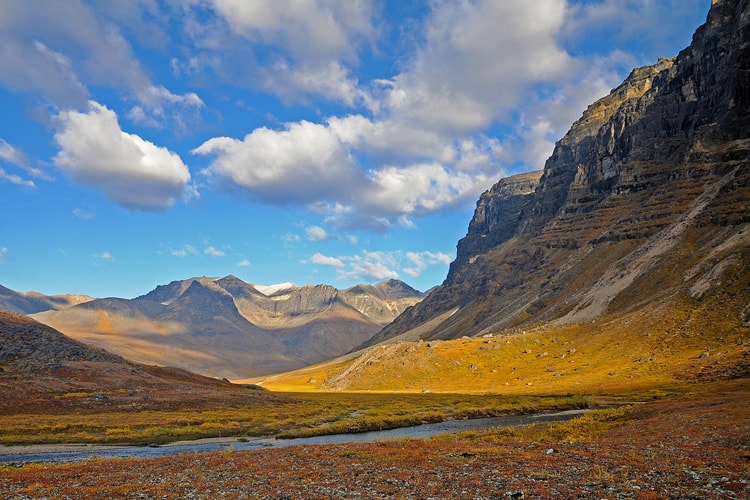
photo by National Park Service, Alaska Region
Following on from balance; keeping the rule of thirds in mind can help to create visually balanced landscape compositions. The rule of thirds is a well-known compositional technique that says to place your main focal point off to the side of an image, rather than dead center. This often results in natural looking, and well-balanced photos.
While the rule of thirds is a good starting point, sometimes this rule should be broken. Often, compositions will call for the focal point to be in the center, or even slightly off center – the key is a visually balanced composition.
Create Visual Interest
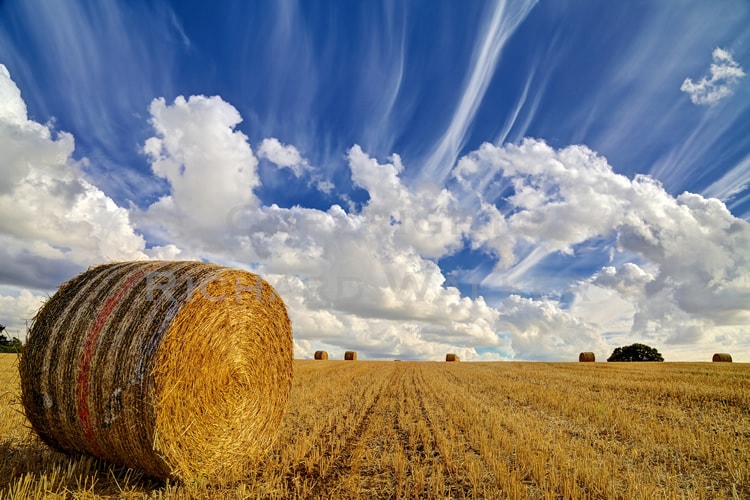
photo by Richard Walker
Look for ways to create visually interesting compositions. The best images grab your attention, and draw you into the image.
With landscape photography, there are many different ways that you can create interest. One of the best ways is to find a strong subject matter such as a boat, the setting sun, a tree, or a mountain; and then look for supporting elements that draw the focus onto the subject. Or look for contrasting details; jagged rocks and tidal pools in the foreground that contrast with the foamy ocean in the background; or delicate blades of grass that contest with an imposing mountain. Contrast is a great way to create visual tension.
Take Advantage of Negative Space
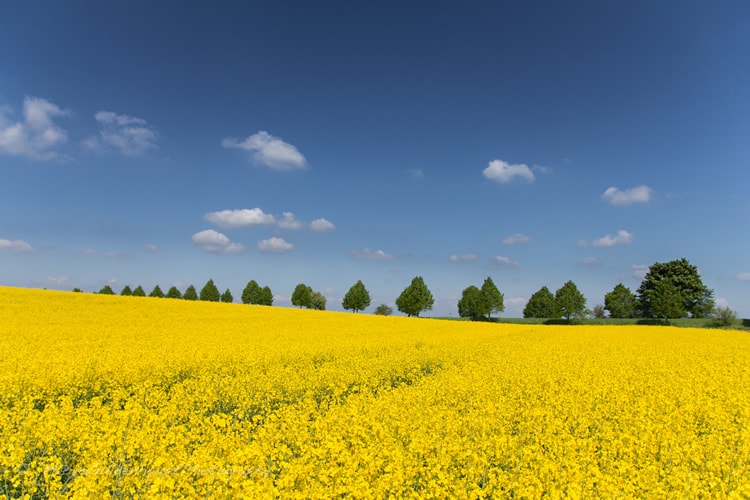
photo by M@rio72
You don’t have to fill the entire frame with detail; oftentimes images with negative spaces are more dramatic. A lonely lighthouse against a pale, foggy background or a lone tree against a cloudless blue sky are both examples of the effective use of negative space in landscape imagery.
While it’s different from the norm, negative space can be used to create visually striking landscape photographs.
Look for Leading Lines

photo by Dan Eckert
Look for opportunities to incorporate leading lines in your landscape images. Lines can be an effective way to help lead your viewers’ eyes through the image, and can help to draw attention to the focal point. Examples of leading lines include roads, trails, or rivers, or waves breaking onto the shoreline.
Look for opportunities to include lines that will naturally draw your eye through the composition.
Include Foreground Interest
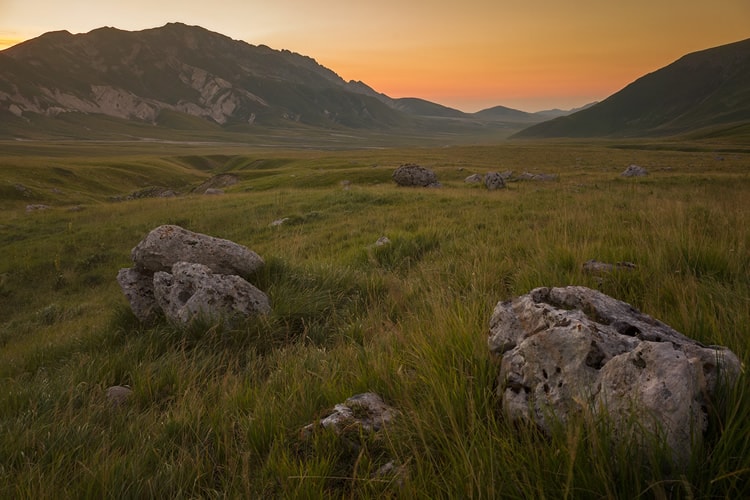
photo by Daniel Zedda
It’s been said that “A landscape is not a landscape without an introduction.” Including part of the foreground in your landscape compositions is a great way to set the context and introduce your viewers to the scene.
Including foreground can help to grab the viewer’s attention, and draw them into the image, creating a sense of perspective and interest. Including foreground elements that help to set the stage can result in engaging and captivating photos.
Frame Your Image
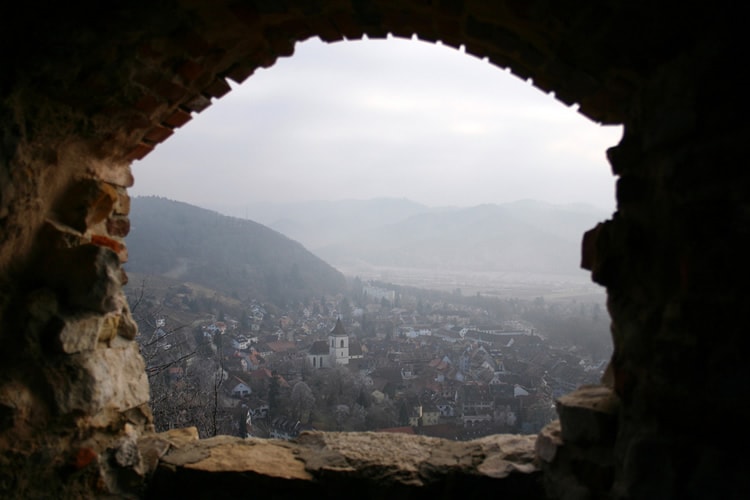
photo by Till Westermayer
While including points of interest in the foreground is one way to frame your images, keep on the lookout for other ways to frame your images in. A classic example of this is including overhanging tree branches along the edge of the image, or using opportunities to use the ‘frame within the frame’ technique that involves looking through a doorway, or an arch to create a frame within the composition itself.
Simplify
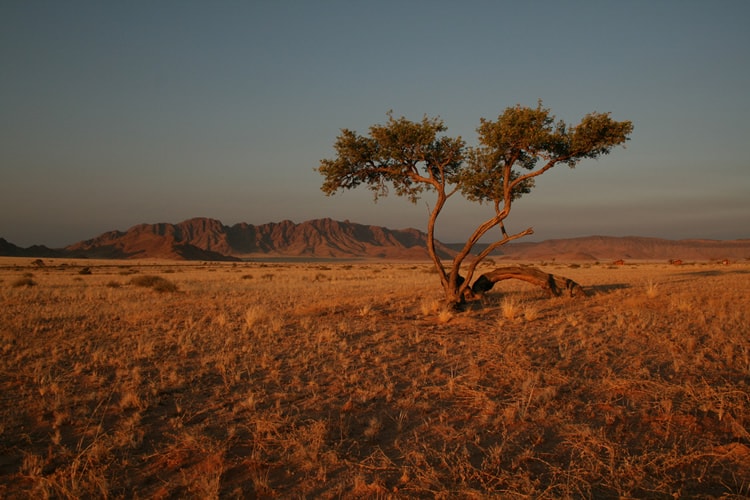
photo by Vernon Swanepoel
While many landscapes involve extensive detail, simplifying your landscape compositions can lead to powerful and striking compositions. Simplifying your landscapes involves cutting out everything that isn’t absolutely necessary for the composition; ensuring that the foreground details are relevant, and making sure the focal point is framed properly.
Simplifying doesn’t mean creating boring and bland compositions, it does mean leaving out distracting details, and working to ensure the focus is on the main focal point.
Don’t Stress Perfection
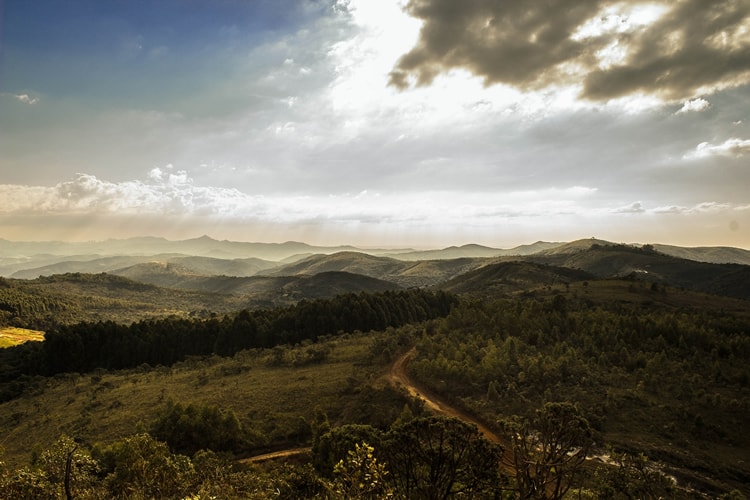
photo by Tiago Gerken
Instead of focusing on creating ‘technically perfect’ compositions, focus on creating images that are visually moving, and use compositional techniques to help you achieve that goal.
The best images are not the ones that are just technically good, but rather, the ones that are striking, interesting, and visually exciting! Using the principles of good composition, and working towards creating powerful and distinctive images will result in stronger compositions that are powerful, meaningful, and engaging.
Don’t worry about fitting in all of the rules regarding composition, the rules are only there to help further your composition, not as an end all goal. As Ansel Adams said, “There are no rules for good photographs, there are only good photographs.” Don’t be afraid to break the rules, or even disregard them altogether for the sake of creating a better image. Some of the best images are the result of intentionally breaking the rules for the sake of visual impact.
So get out there and have fun putting the rules to use—and learning how to break them! Don’t forget to share your images with us via Twitter or Facebook. We’d love to see your landscapes, and hear what works for you.
